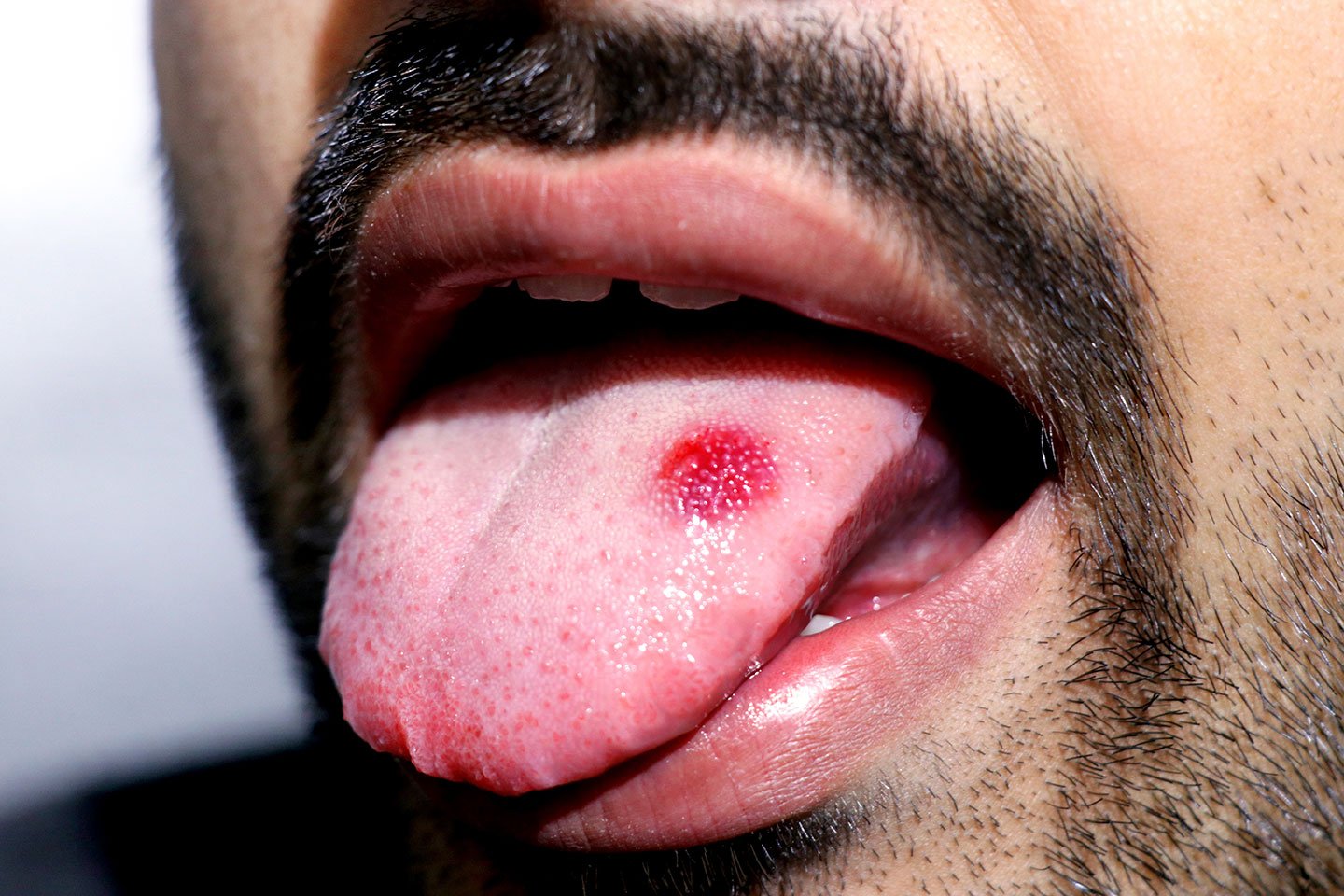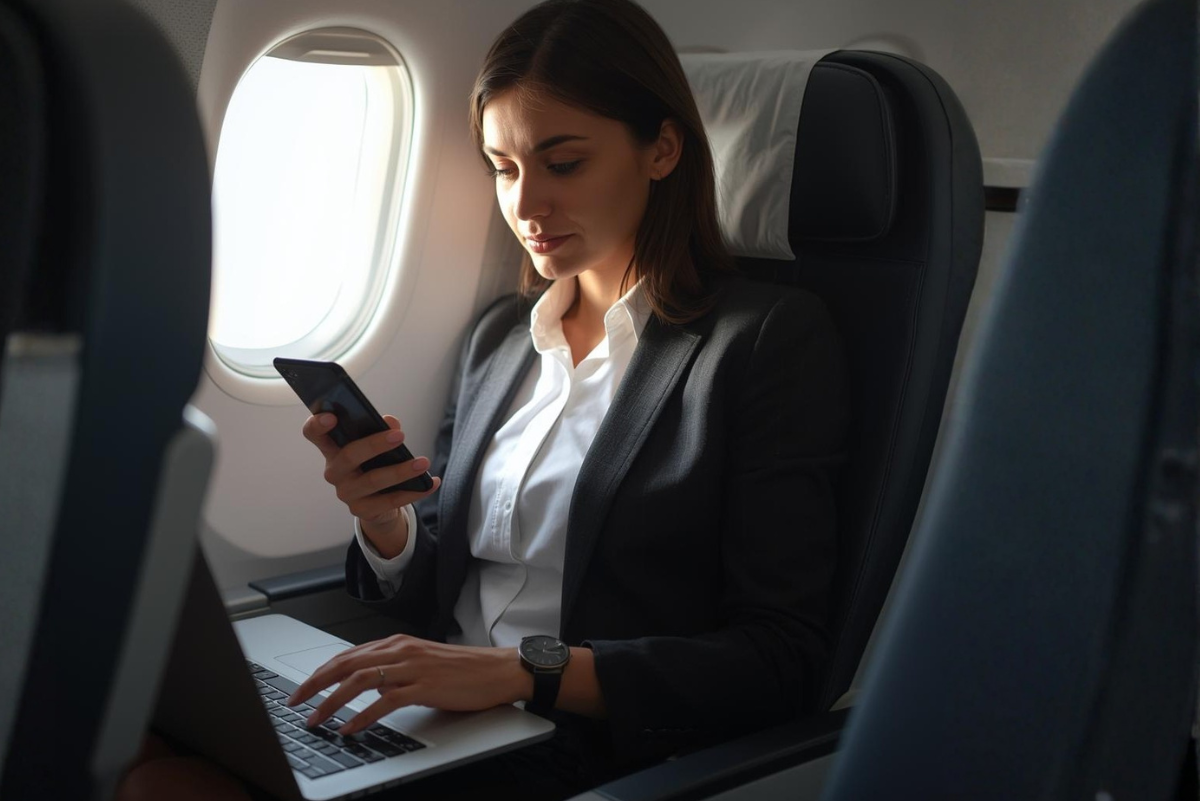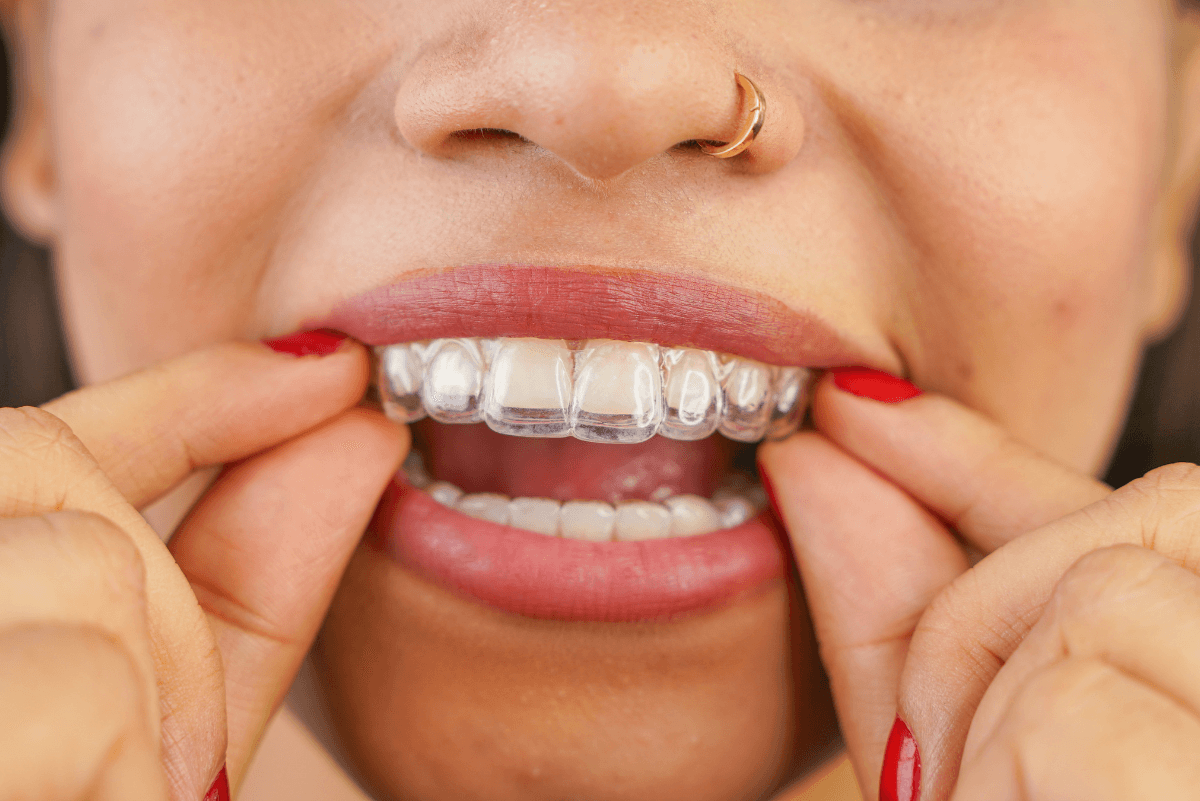Your dentist has likely performed an oral cancer screening procedure at your checkup without you even realising it. This simple check can be done in 1-2 minutes and doesn’t take any preparation on your part. Dentists are often the first healthcare professional to notice abnormalities in your mouth and throat, and catching oral cancer early is critical as it has a significant impact on survival.
The number of oral cancer cases is increasing, and the risk increases after age 45. This increase is mainly due to HPV. In 2020, an estimated 5,400 Canadians were diagnosed with oral cancer. In 2022, it’s estimated that the number is going up to 7,500. Men are more than twice as likely to be diagnosed, with 5,400 men and 2,000 women to be diagnosed.
Read on to learn more about what to expect from an oral cancer screening procedure.

What to Expect on an Oral Cancer Screening Procedure
The good news is unlike a colonoscopy, you don’t have to do much to prepare for an oral cancer screening. If you wear dentures, you’ll simply have to remove them so your dentist can get a better look.
Your dentist won’t be able to give you an immediate answer on whether or not you have oral cancer. Not all sores are cancerous, so your abnormal cells need to be tested in a lab before the diagnosis is confirmed. This is called a biopsy.
Your dentist is going to use a variety of methods to detect early signs of oral cancer in the following areas:
- Under and along the sides of your tongue
- Hard and Soft Palate (roof of your mouth)
- The gums
- Cheek lining
- Lips
- Tongue
- Tonsils
This is what you can expect during the brief examination.
Visual exam
Your dentist may use a light, mirror, tongue depressor, or gloved hands to take a look inside your mouth. While they do this, they are looking for any abnormalities such as bumps, swelling, white or red patches of colour, ulcerations or lesions.
Physical exam
While the oral cancer examination is performed, your dentist will also feel around your neck, under your jaw, face as well as inside your mouth for any unusually swollen nodules, bumps, or masses. Any bumps that could be missed during the visual exam would likely be palpated during this part of the check up.
Oral cancer screening dye
Some dentists use blue dye when performing an oral cancer screening. This will make any lesions or abnormal cells stand out, and your dentist will be able to identify them more easily if they’re hard to see in a visual exam. The research on whether these dyes can detect oral cancers earlier compared to visual exam alone is still inconclusive.
Mouth cancer screening light
There are also some special devices available that can truly shine a light on any abnormal tissues that could be cancerous. For this to work, your dentist will have you rinse with a fluorescent mouthwash before they shine a screening light. This process will make your healthy tissue look dark, while any abnormal tissues look white. Research on the effectiveness of these devices is still being done to determine if they are more accurate than visual exam alone.
After your dentist performs their screening exam, if they have any concerns, they will send you for more testing. Typically, you’ll have to go to a specialist (an oral surgeon) that will either:
- Perform a cytology test: This is when the cells from your mouth are collected with a swab or wooden stick. Your cells will be examined under a microscope to determine if they are cancerous.
- Perform a biopsy procedure: A biopsy is when a sample of cells is removed and sent to a lab for further testing to determine if cancer cells are present.
Risk Factors for Developing Mouth Cancer
No matter how meticulous you are with your oral hygiene routine, you can still be at risk for developing mouth cancer. According to the Canadian Cancer Society, some of the top risks include:
- Tobacco Use.
- Alcohol.
- HPV.
- Previous cancer diagnosis, especially in the esophagus, larynx, lung, or cervix.
- Family history.
- Not enough fruits and vegetables in your diet.
- Poor oral health
It’s recommended that you have at minimum an annual exam with your dentist to ensure your oral health is at its best. The five-year survival rate of oral cancer is 57%, which is why it’s important you prioritise regular checkups with these early detection screenings. If you’re over 45 and aren’t sure if you’ve had an oral cancer screening, you should ask your dentist if they can perform one at your next check-up.
At Eau Claire Park Dental, we treat you like family, meaning you can trust your health is in good hands. We take every precaution to collect as much information as we can about your oral health so you can smile with confidence. If you’re concerned about oral cancer or haven’t booked your annual exam, contact our office to make an appointment.
Do you know anyone who has had oral cancer? What happened with their treatment? Have you ever been tested for mouth cancer? Share your experience with our readers in the comments below.



